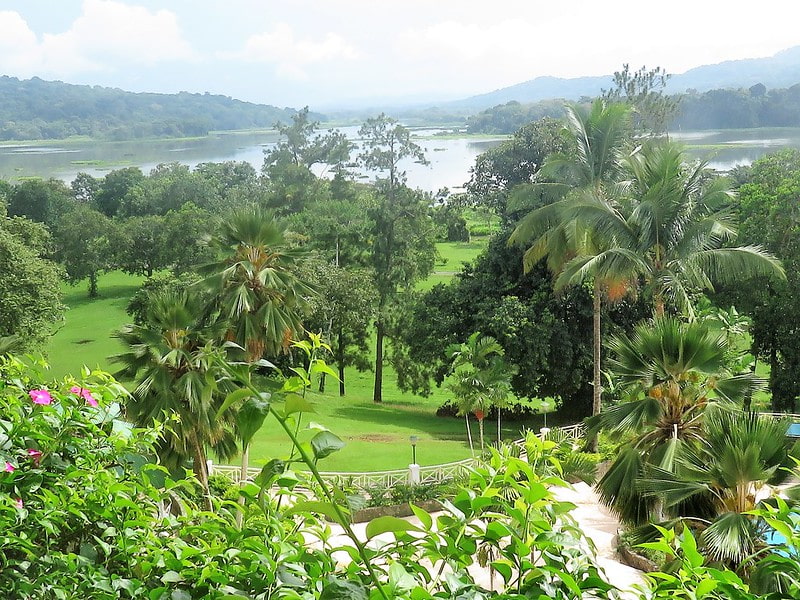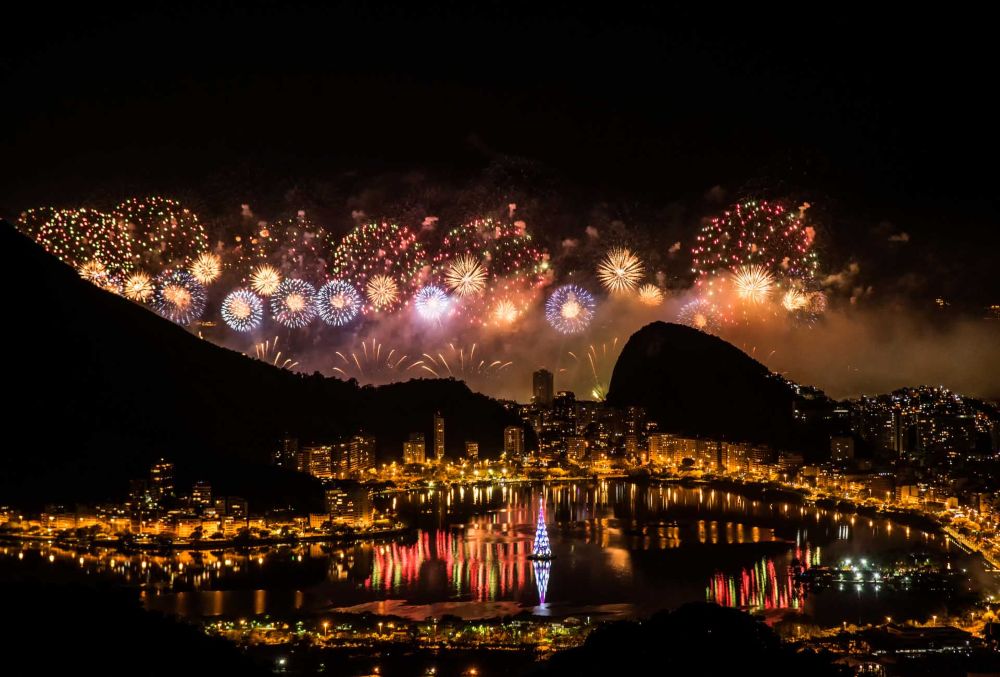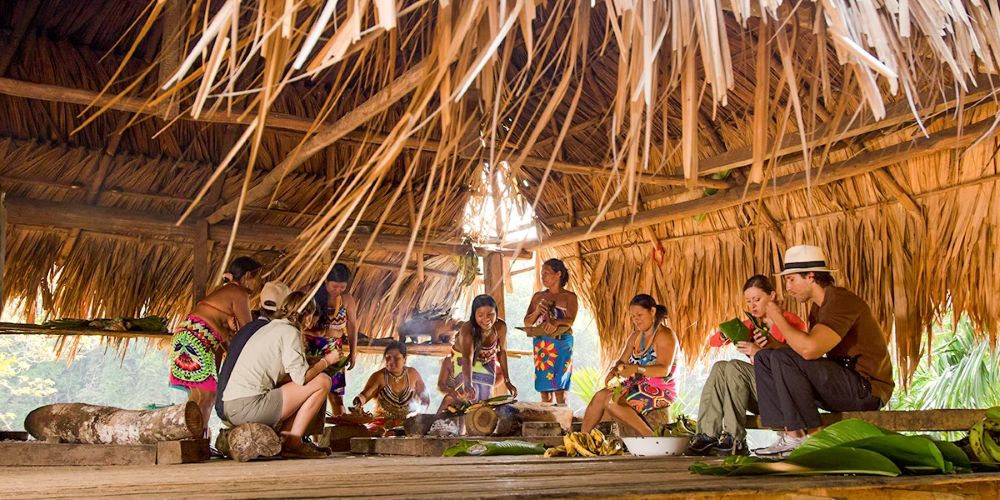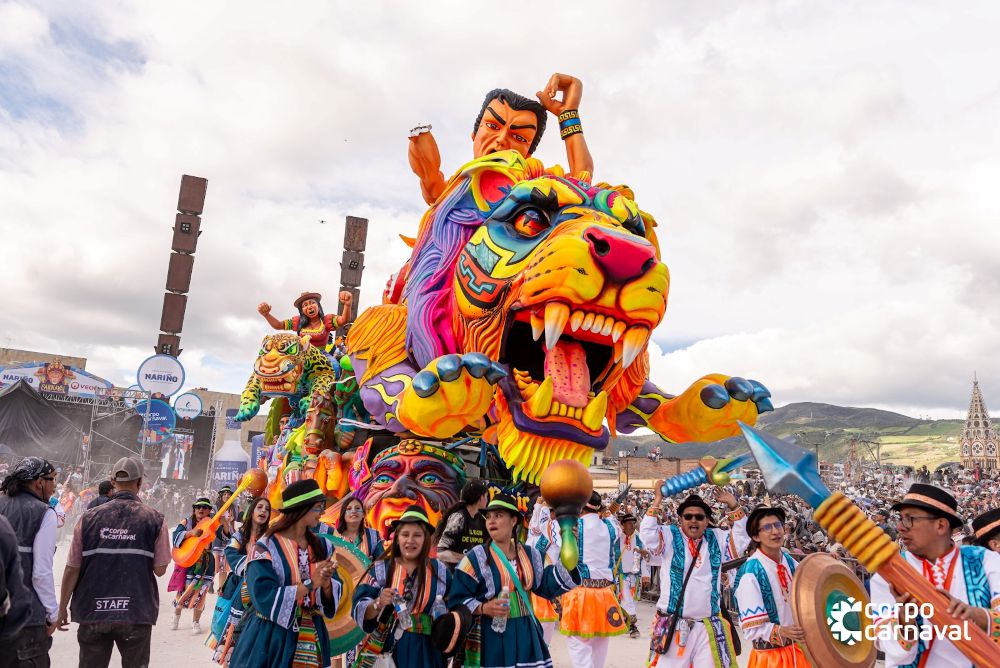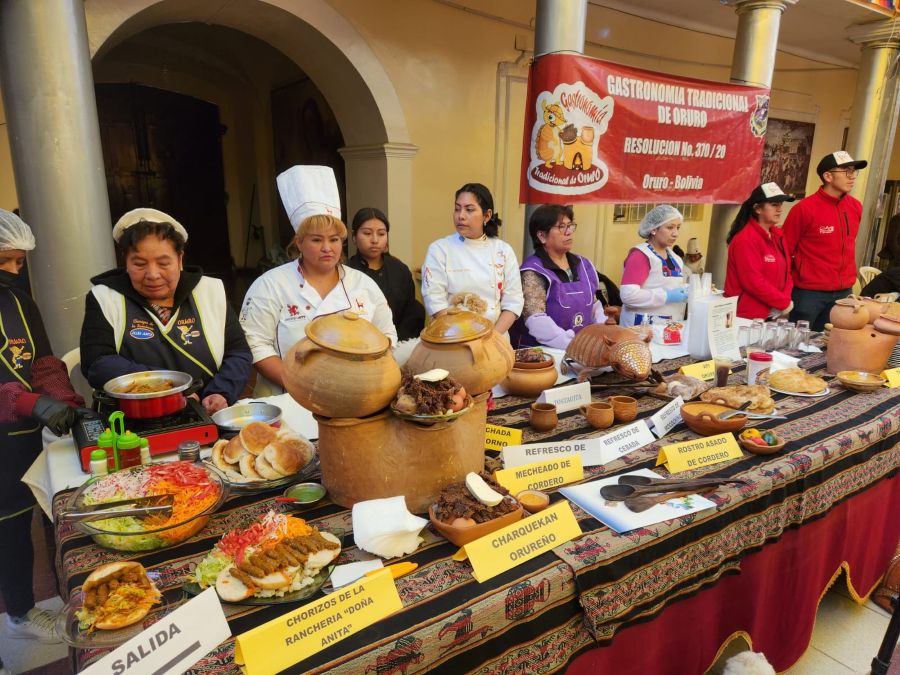Texte de Mariana Pereira – Cet article a été publié initialement sur le site www.elcafelatino.org
Un peu d’histoire
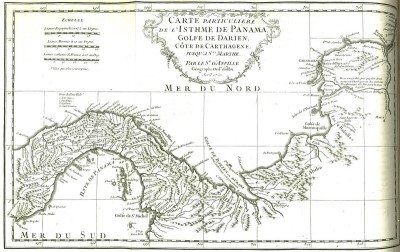
Surgi il y a plus de 3 millions d’années, l’isthme de Panama a uni les Amériques du Nord et du Sud, et créé un pont migratoire pour les animaux et les plantes. En scindant un océan en deux parties, il a aussi créé la mer des Caraïbes et l’océan Pacifique tropical oriental avec, chacun, un écosystème marin unique.
Puis, avec la conquête espagnole, l’isthme de Panama est entré dans une nouvelle ère de son histoire en devenant la voie de passage la plus rapide pour les hommes qui l’ont façonné au rythme du progrès : d’abord, en traçant un sentier pédestre appelé le Chemin des Croix (XVIe siècle), puis, en construisant un chemin de fer (IXXe siècle) et, enfin, le canal de Panama (XXe siècle).

Parallèlement, la forêt tropicale fascine et sera, dès le XXe siècle, documentée notamment par Alexander Von Humboldt et Aimé Bonpland, lors de leur voyage aux Amériques (1799 -1804). Pour Humboldt, il s’agit de « découvrir l’interaction des forces de la nature et les influences qu’exerce l’environnement géographique sur la vie végétale et animale ».
Dans ce contexte, lorsque les États-Unis reprennent la construction du Canal de Panama, il est demandé, en 1910, aux biologistes de l’Institut de recherche tropicale Smithsonian (STRI) de dresser un inventaire de la flore et de la faune de la zone du canal. Emerveillés par la concentration d’animaux et de plantes sur une étendue aussi étroite qu’est l’isthme de Panama, les biologistes américains restent au Panama bien après l’achèvement du canal pour poursuivre leurs recherches, et ce, à la demande du président panaméen d’alors, Pablo Arosemena.
Une nature spectaculaire
Aujourd’hui, le pays a un musée consacré à l’histoire du surgissement de l’isthme de Panama et à son impact : le musée de la Biodiversité. Devenu un site incontournable pour les visiteurs étrangers, le musée propose huit « salles des merveilles » dont la plus spectaculaire est « Panamarama » qui, par le son et l’image, plonge le visiteur dans les richesses naturelles du pays.
Ces richesses se composent d’écosystèmes des plus variés tels que des forêts tropicales (57 % du territoire), des mangroves (1 774 km2), des récifs coralliens (770 km2) générant de nombreux habitats pour une grande diversité d’espèces. En conséquence, le Panama (d’une superficie de 75 000 km2) abrite 9 % des espèces d’oiseaux connues au monde, 2,3 % des reptiles, 4,8 % des mammifères, 3,2 % des plantes à fleurs, 7,1 % des fougères et lichens du monde.
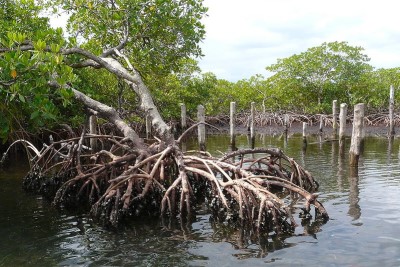
Conscient de ses richesses naturelles, le Panama a très tôt adopté une politique d’État de protection de son environnement, d’abord, pour les besoins en eau de pluie du Canal, puis, en attribuant des terres autonomes (30% du territoire national) aux communautés amérindiennes lesquelles participent à la protection de la nature et, enfin, en créant des aires protégées.
Aujourd’hui, celles-ci représentent 31,8 % de la superficie terrestre et 13,5 % des zones marines, soit plus de 40 % du territoire. En conséquence, le Panama a, aujourd’hui, un bilan carbone négatif et continue d’agrandir ses aires protégées tout en faisant des alliances avec des États ou des entités privées comme Sea Shepherd Legal pour assurer leur protection.
Cette politique de protection s’appuie aussi sur une sensibilisation des touristes qui arrivent généralement entre juillet et octobre pour observer les baleines à bosse et leurs baleineaux dans les eaux chaudes du Pacifique.
Puis, entre juillet et janvier, sur la zone protégée d’Isla Cañas dotée de 3000 hectares de mangroves (véritable nurserie pour un grand nombre d’espèces marines et terrestres), il peut observer la ponte des œufs de cinq espèces de tortues dont la tortue olivâtre (espèce menacée).
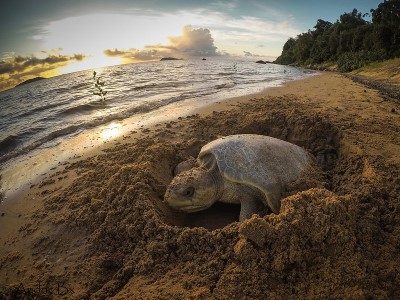
Tout au long de l’année, il est possible de voir des singes capucins dans leur milieu naturel, au départ de Gamboa Rainforest Reserve (situé dans la zone du Canal), lequel abrite aussi un sanctuaire de paresseux. Quant aux oiseaux, il existe des sites dédiés à leur observation sur tout le territoire (zone du Canal, El Valle, Cerro Punta, etc).
Le Panama est facile à découvrir de par sa petite superficie mais aussi grâce à des infrastructures terrestres modernes et sûres au service du transport des marchandises et des touristes qui parcourent le pays en voiture ou en bus (au départ du Terminal international d’Albrook, à Panama City).
Emerveillés par la beauté de la biodiversité, les touristes seront tout aussi séduits par la richesse culturelle des Panaméens d’origine amérindienne, afro-caribéenne, européenne et métisse.

